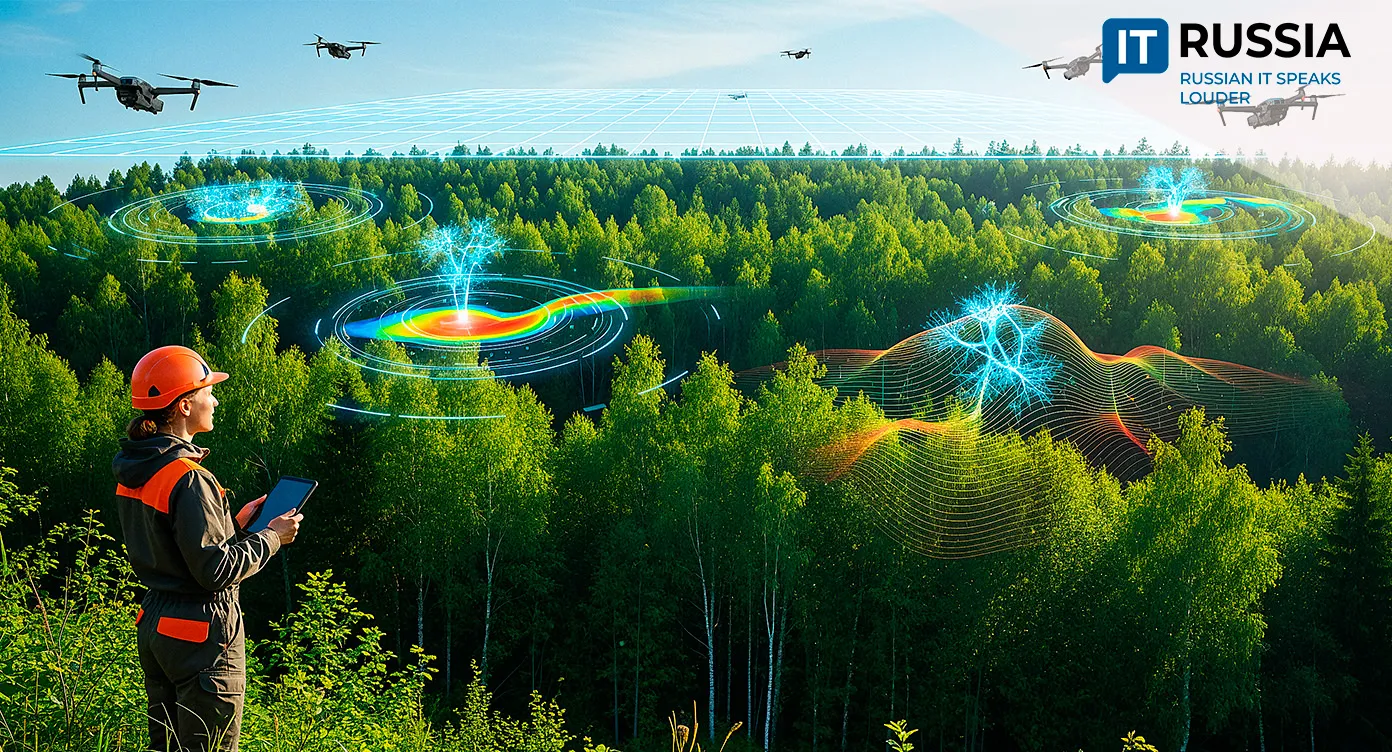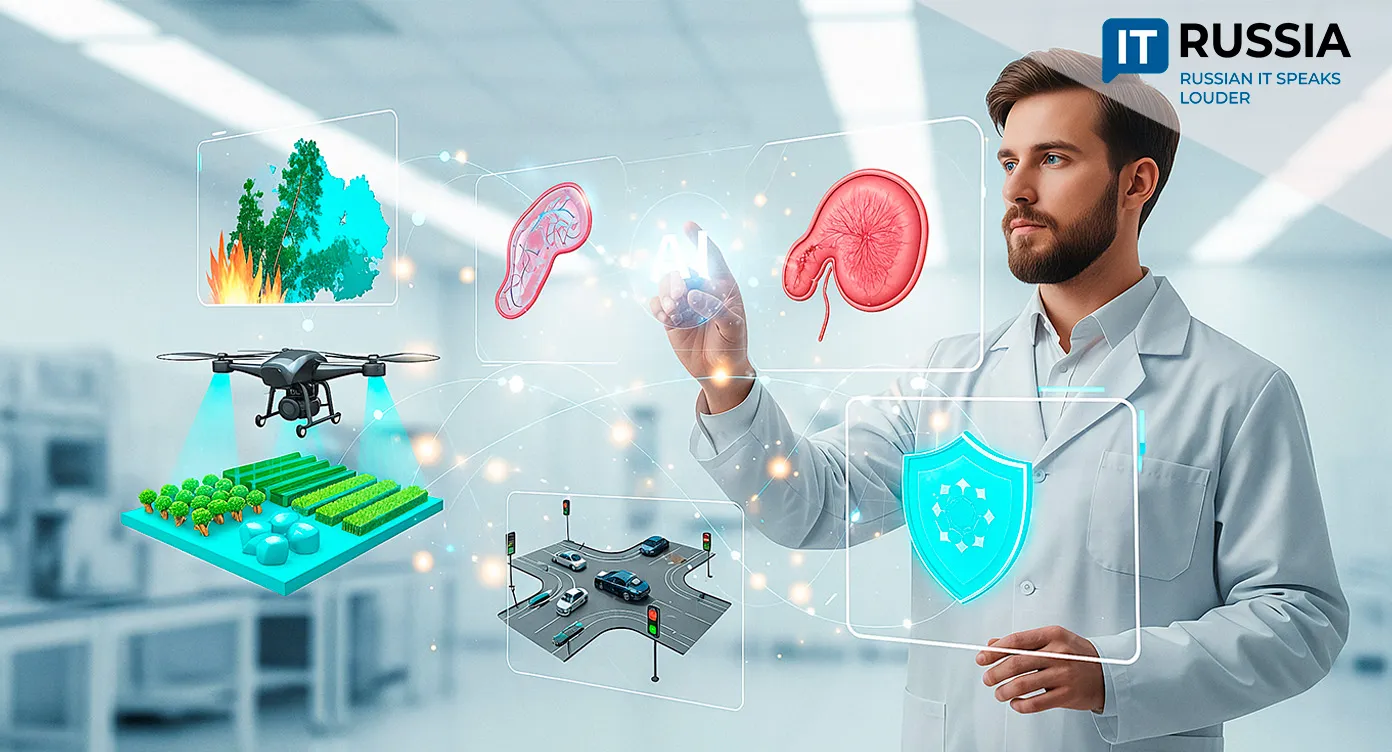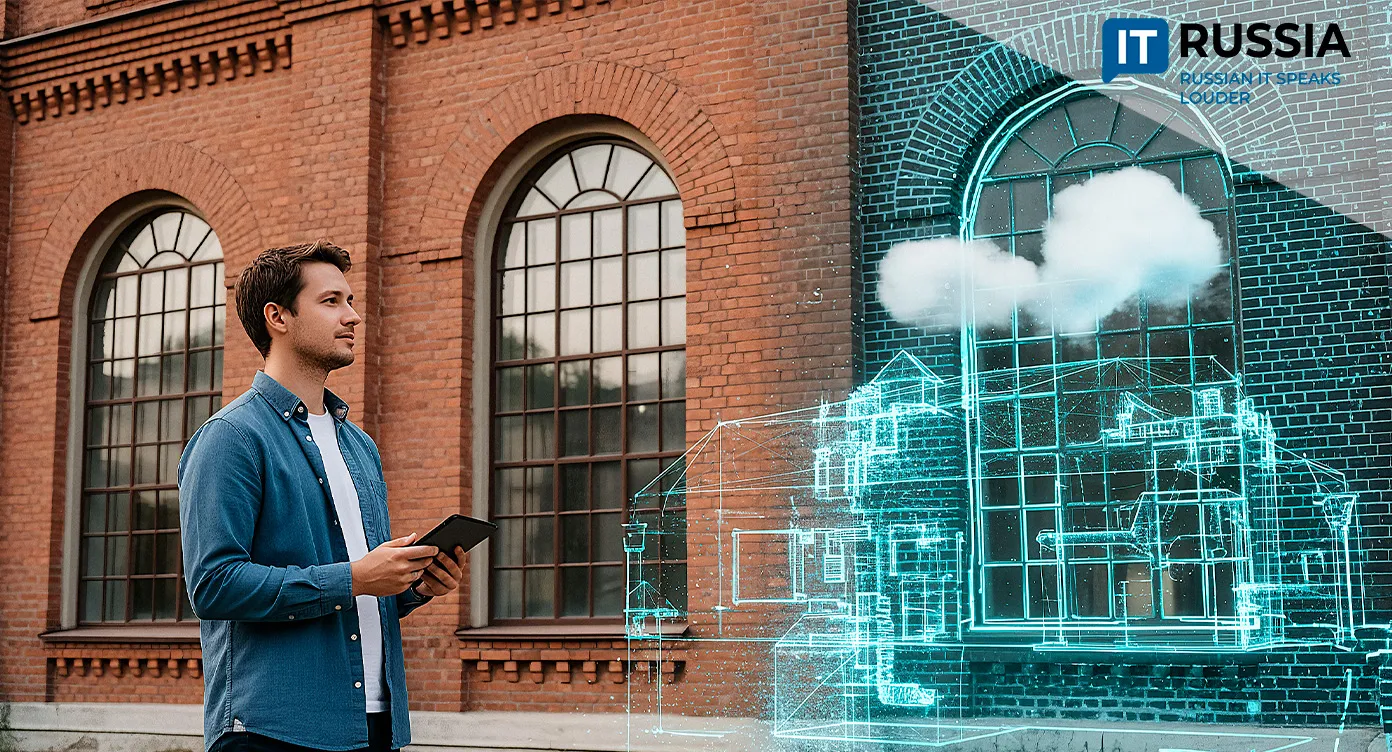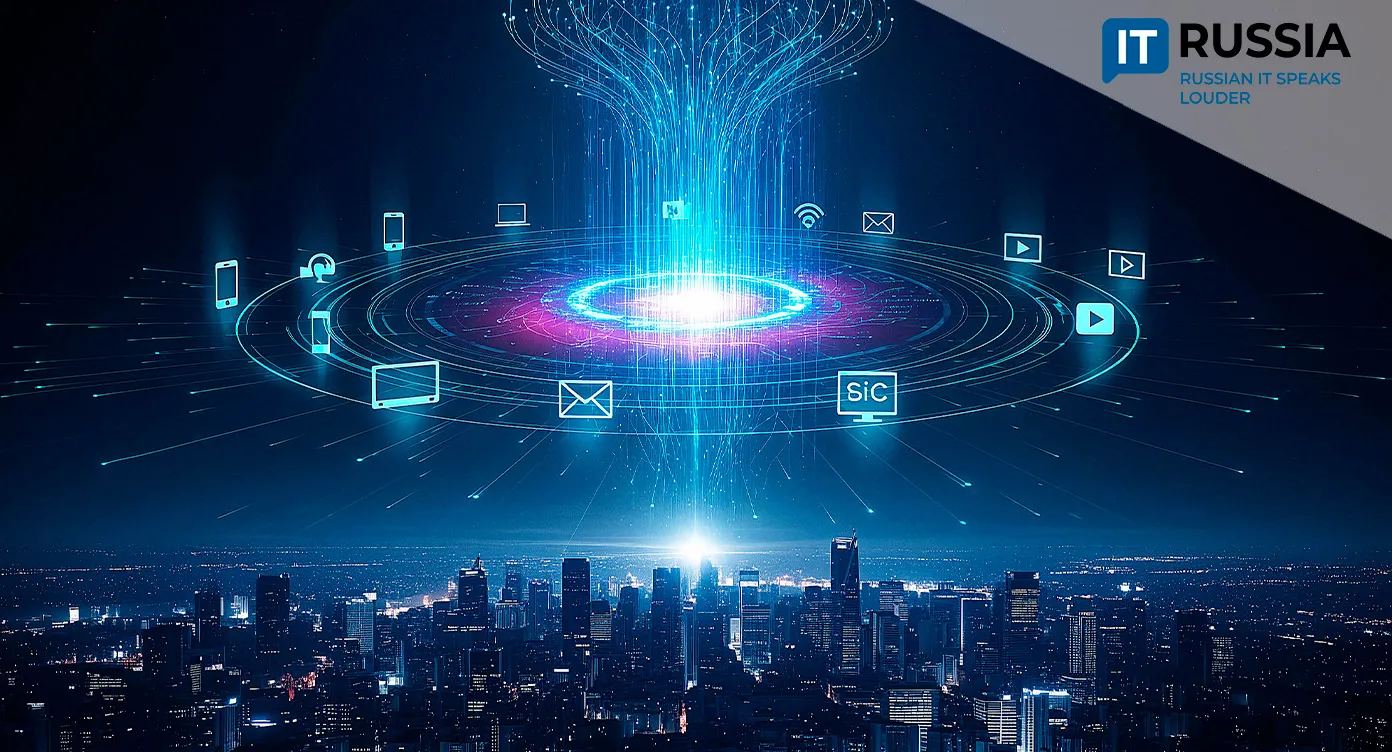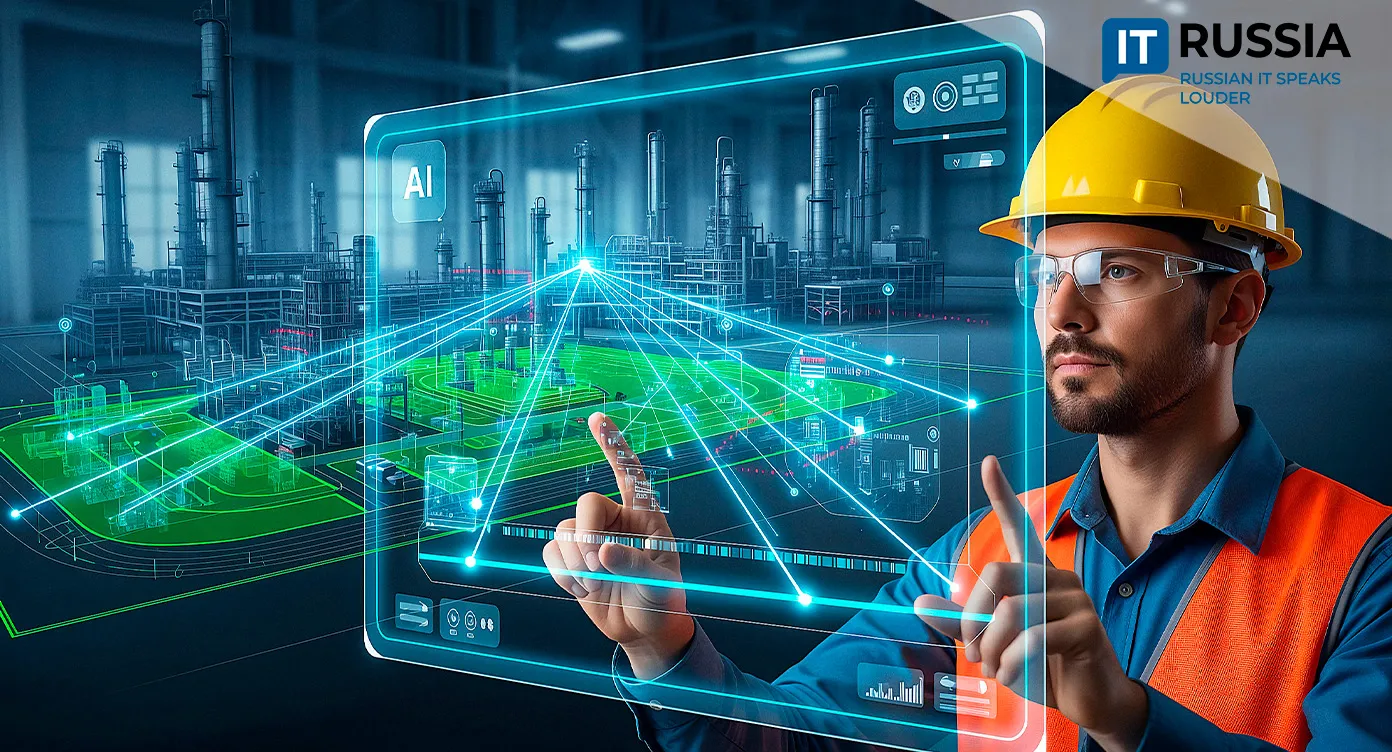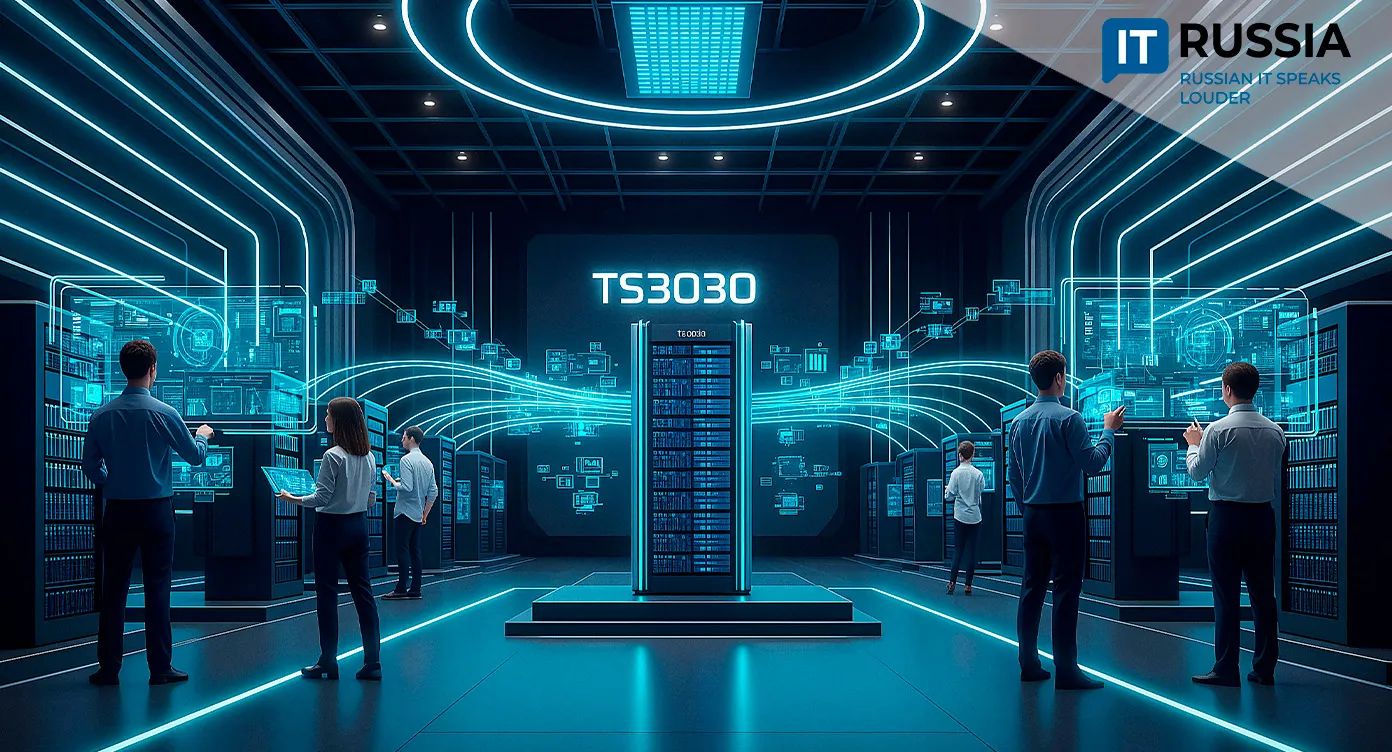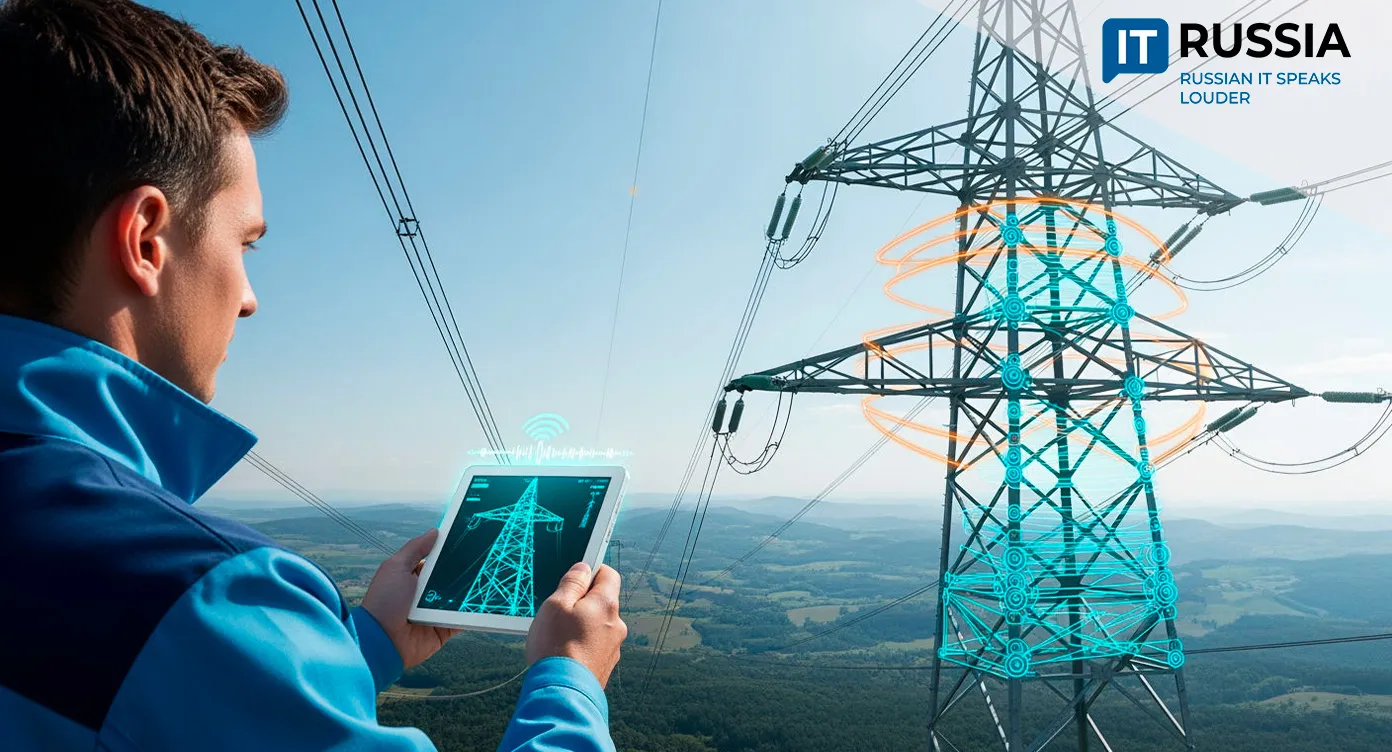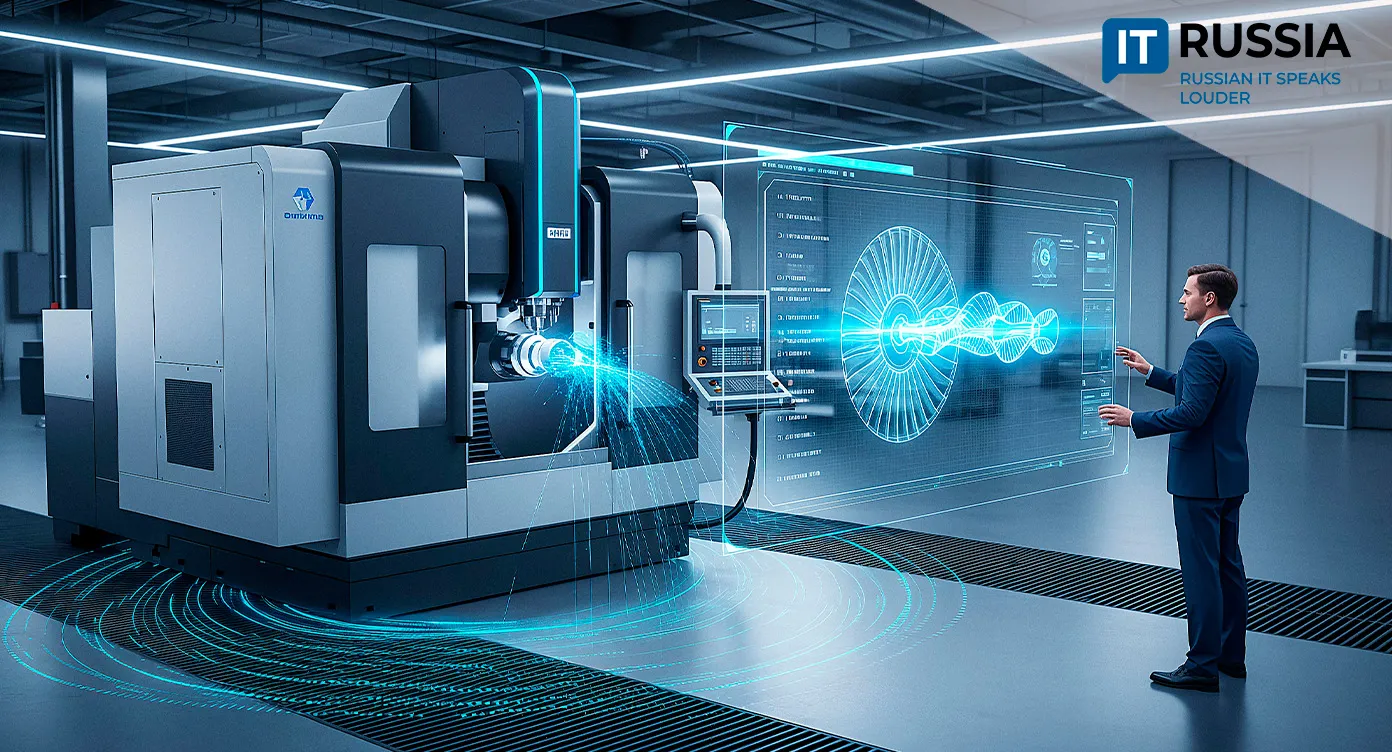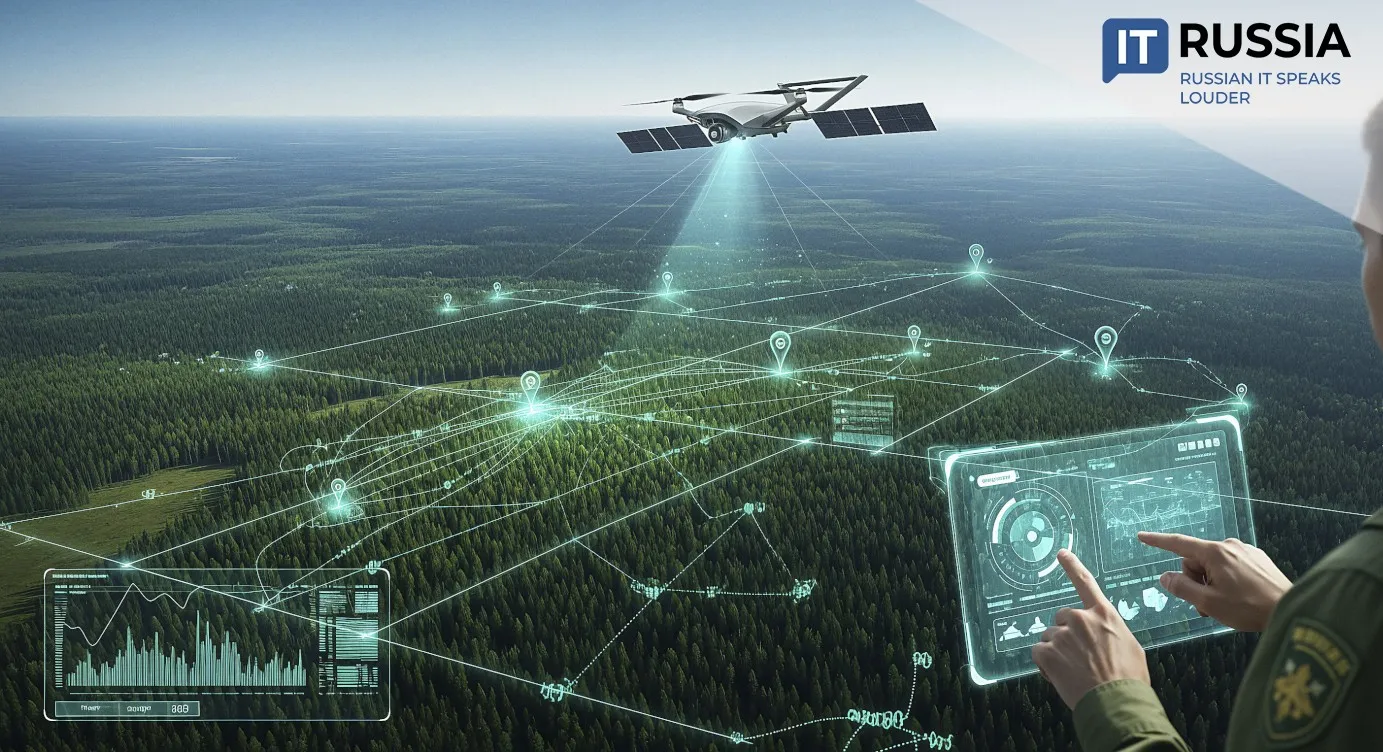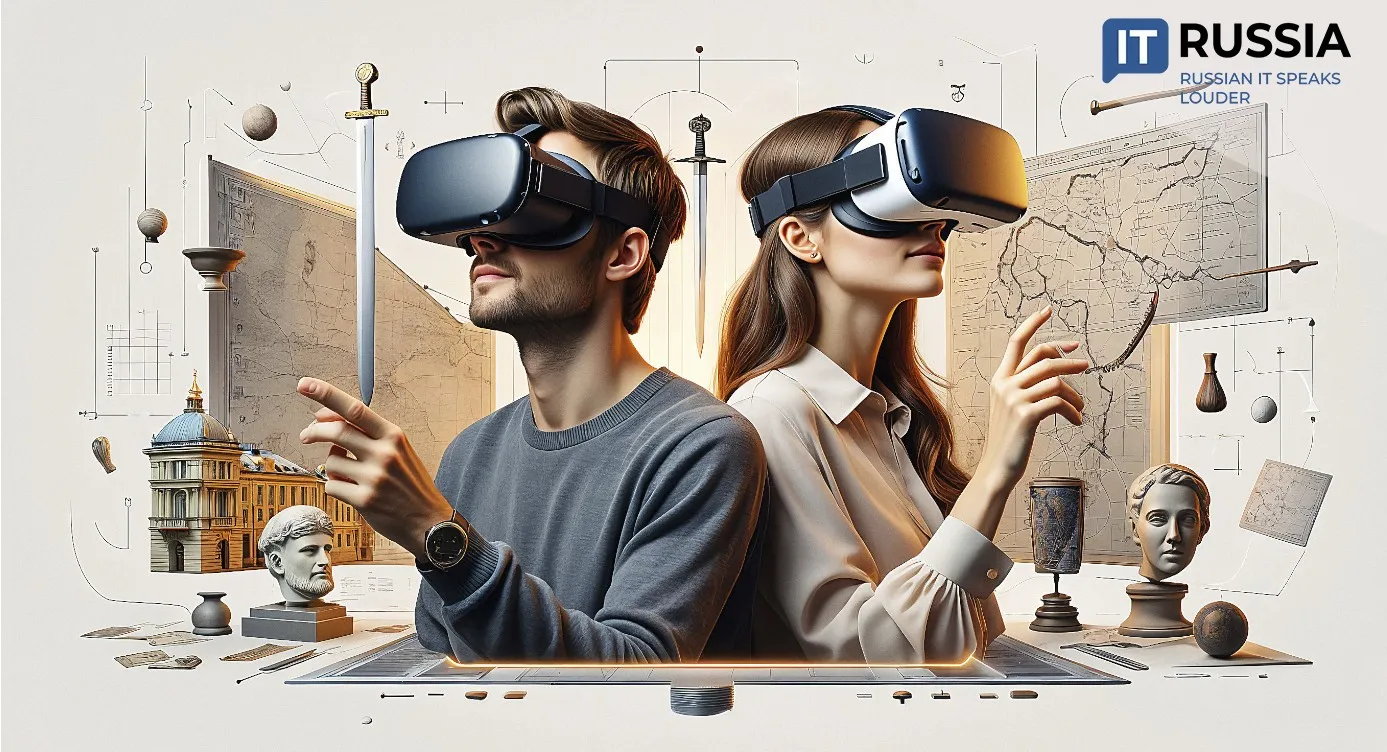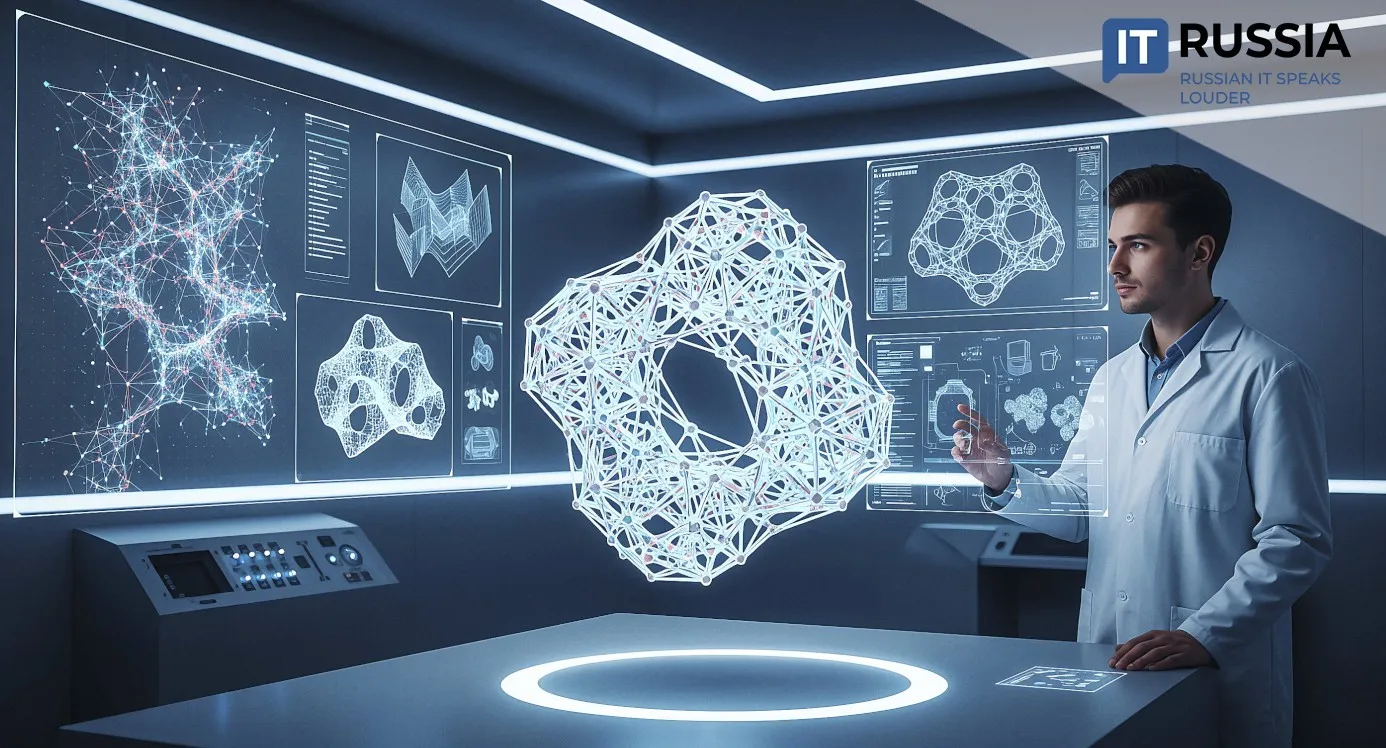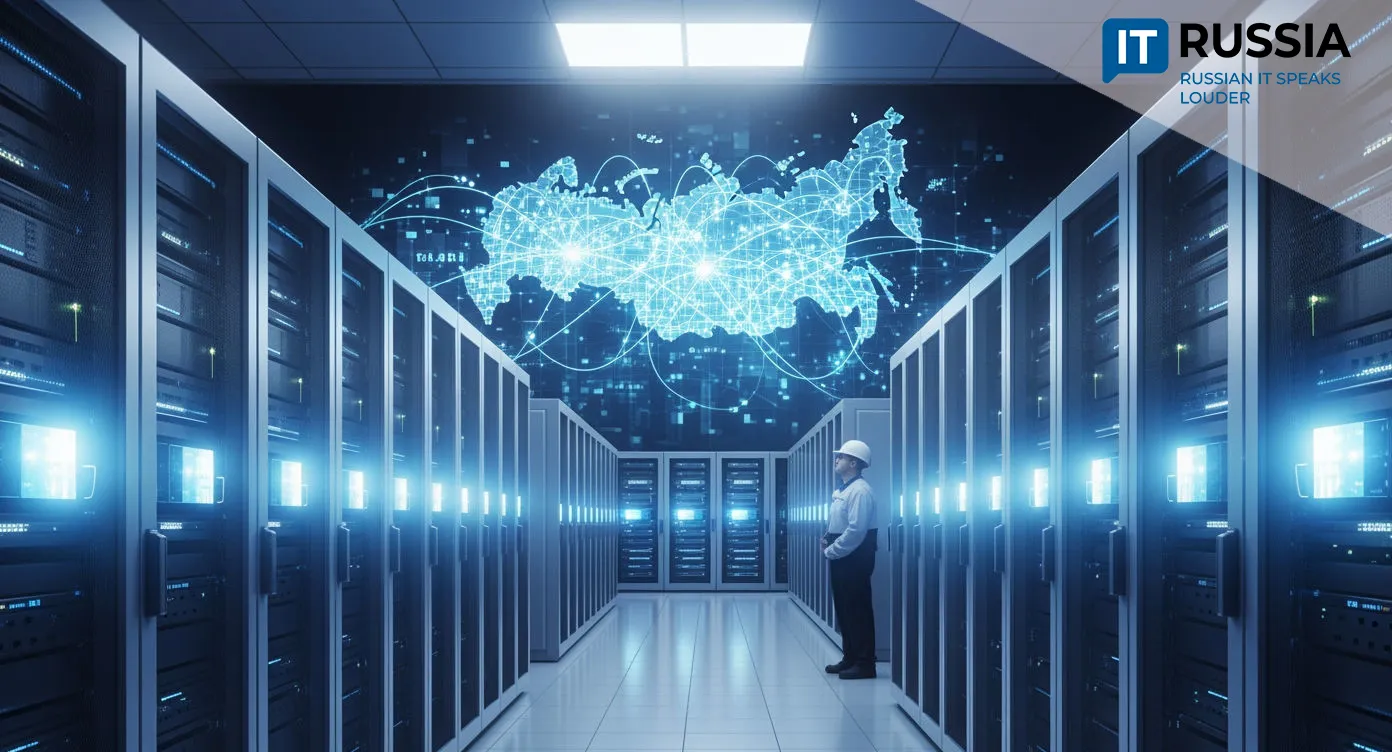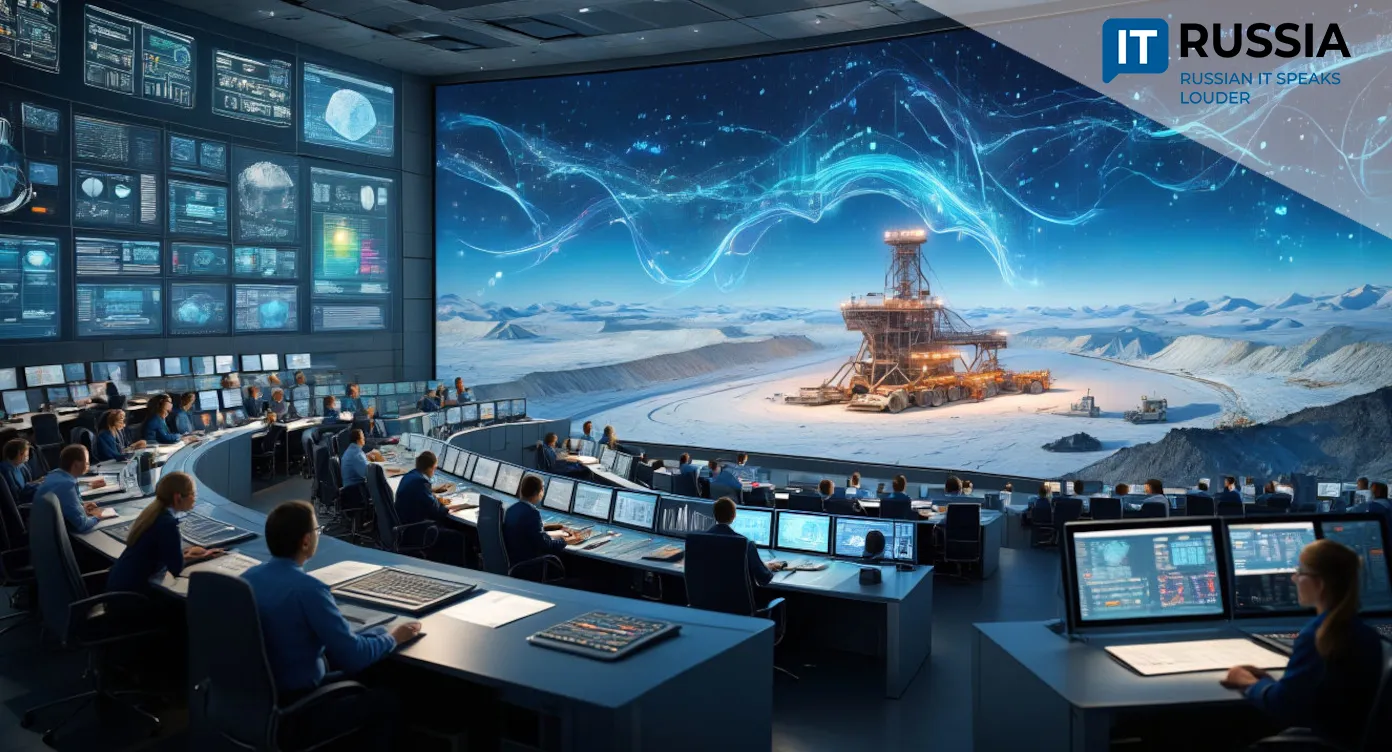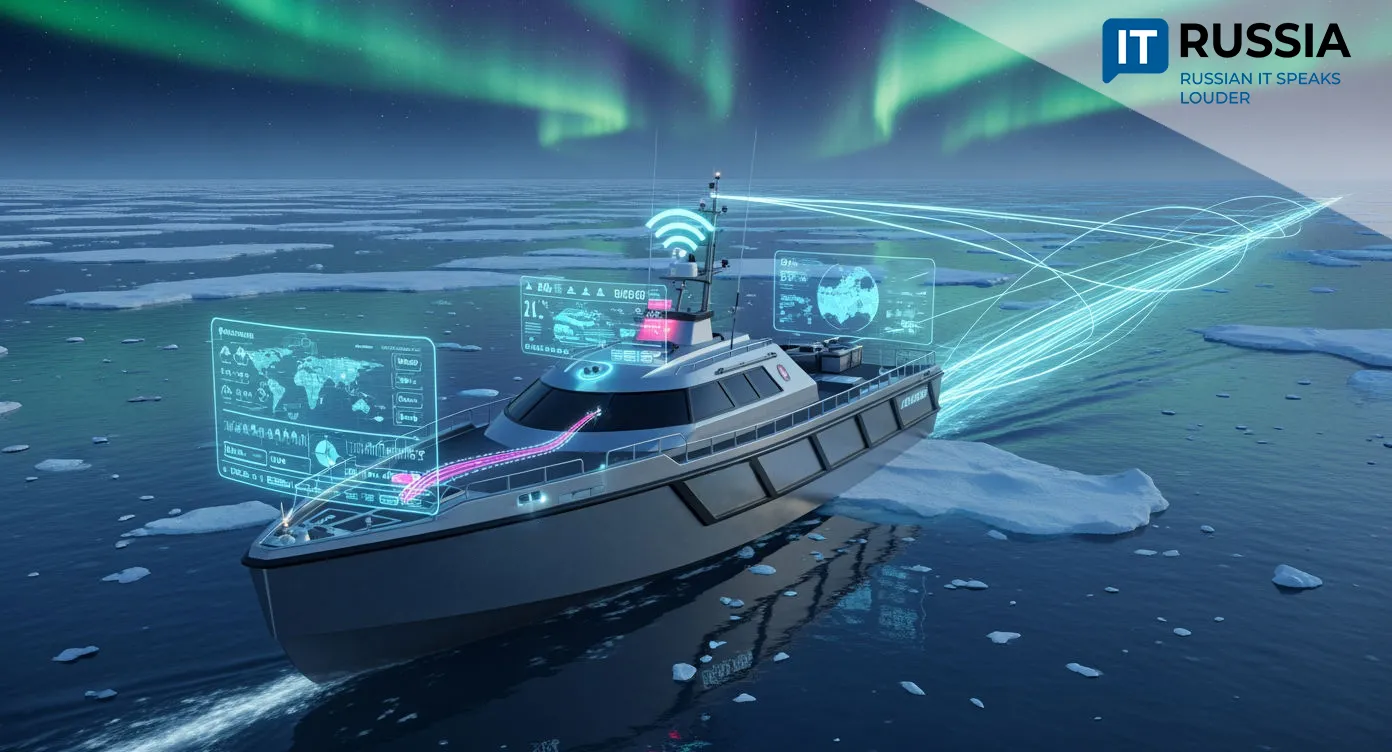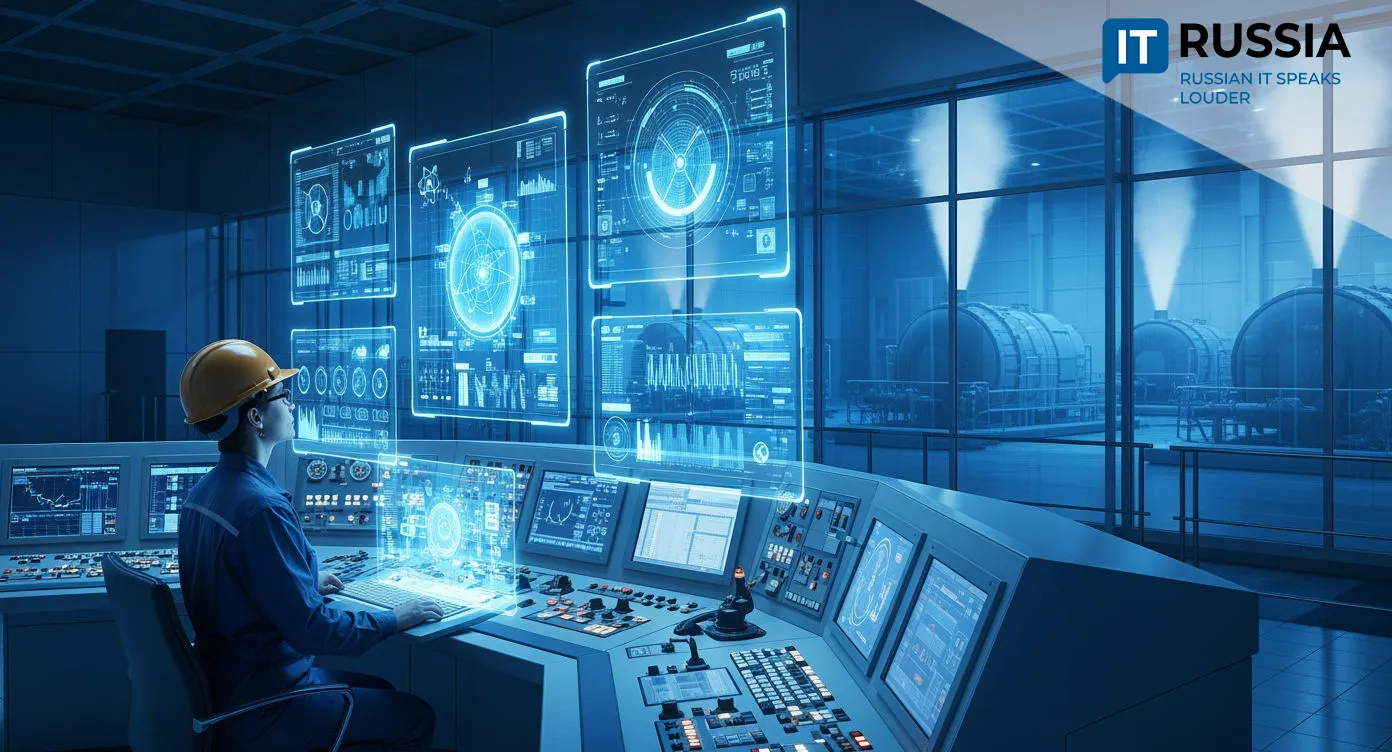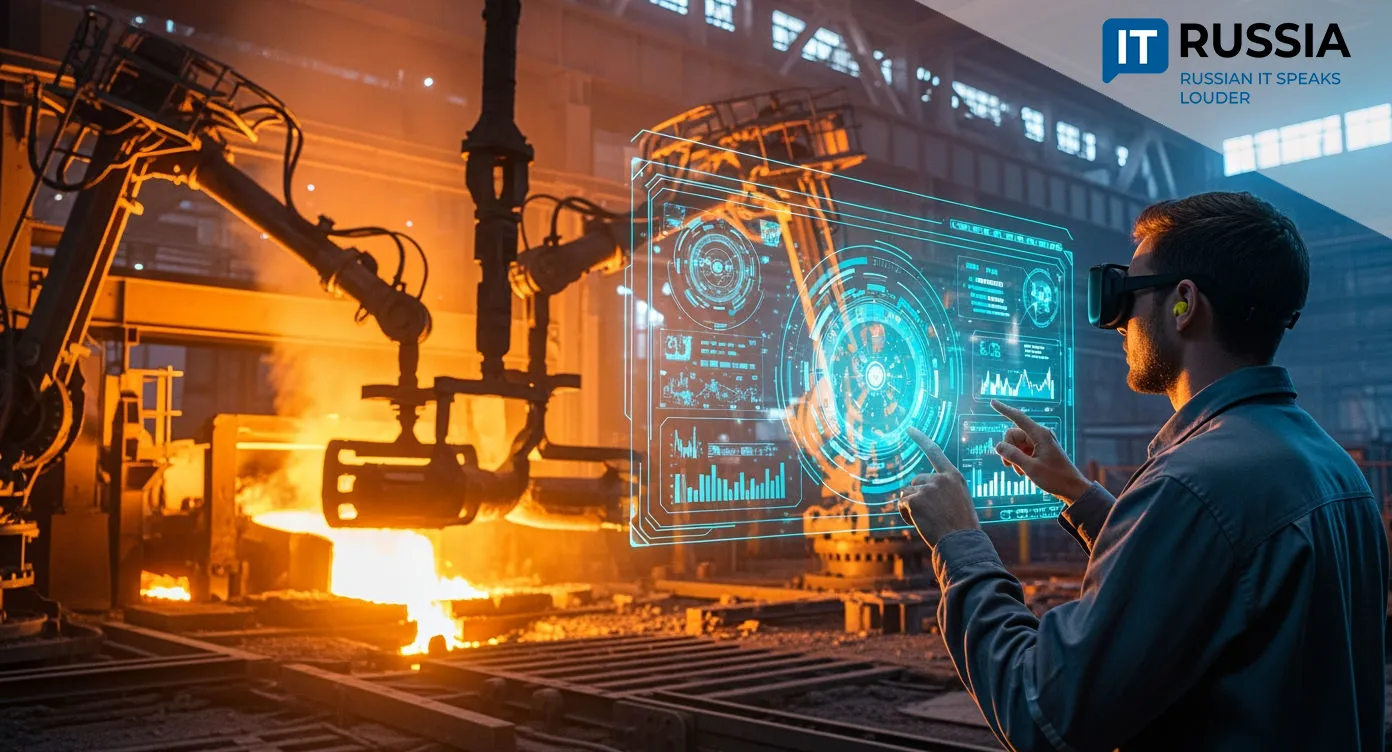Subsurface 2.0: How Digital Technologies Are Redefining Exploration in the IT Era
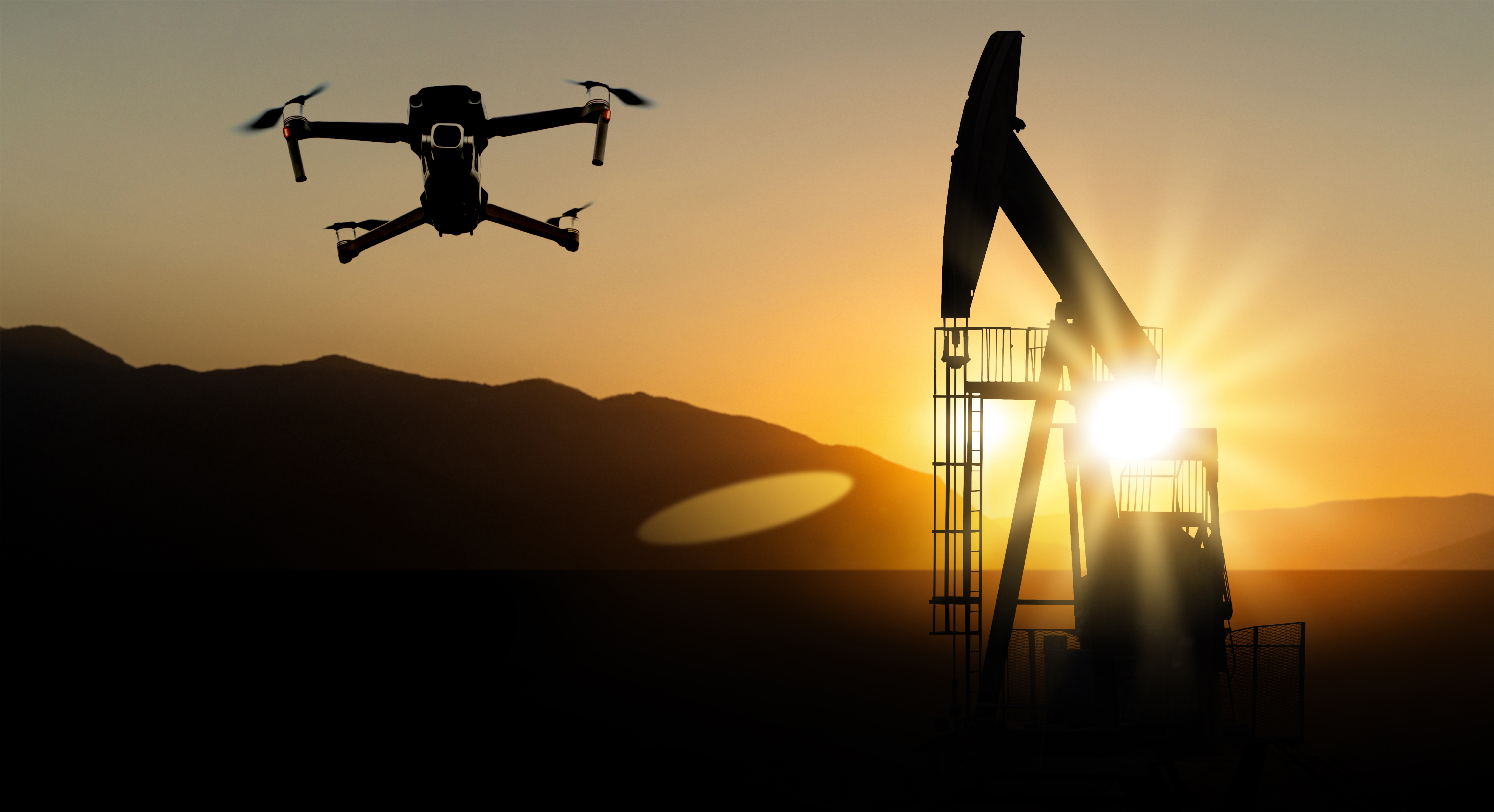
Digital transformation has gone far beyond smart cities and e-commerce. Today, it's penetrating the deepest layers of our planet. In Russia, the integration of cutting-edge information technologies into subsurface exploration is redefining geology—and giving rise to what some are calling the IT Era of Earth sciences.
From Campfire Geologists to Code-Driven Discovery
Just a few decades ago, geology was a rugged pursuit, defined by physical endurance and adventure. Geologists were revered explorers, mapping untouched landscapes by foot, pickaxe in hand. That era—spanning from the 1930s to the 1970s—produced the foundation of Russia’s modern mineral resource infrastructure.
Today, the work of geological exploration has largely shifted indoors. Fieldwork has given way to high-tech data processing, and the bearded geologist has been replaced by teams of programmers and data analysts.
The Digital Toolkit: New Instruments for Old Earth
Classic geological techniques—like gravimetry, magnetometry, seismic imaging, and geochemical sampling—still form the backbone of exploration. But they are now supercharged with digital capabilities that dramatically improve speed, accuracy, and cost-effectiveness.
Here are the technologies transforming the field:
- Satellite-Based Remote Sensing: Russia is preparing to launch Obzor-R, a radar-equipped Earth observation satellite. Its phased-array radar will provide ultra-high-resolution data to agencies like the Ministry of Emergency Situations and the Ministry of Agriculture, enabling smarter, faster economic decision-making.
- Building Information Modeling (BIM): Originally used in architecture and construction, BIM now creates 3D subsurface models for geology. When fed real-time field data, these models can assess risk and guide drilling with unprecedented precision.
- Unmanned Aerial Vehicles (UAVs): Drones equipped with electromagnetic and radiation sensors are replacing manned flights. According to Gazprom Neft, drones have halved exploration costs and accelerated survey timelines by a factor of 50 compared to traditional ground-based methods.
- LIDAR Systems: Laser scanners mounted on drones correct gravimetric data and enhance topographical models.
- Artificial Intelligence: AI reduces the time needed to analyze seismic, magnetic, and gravity survey data to mere seconds. It powers tools like Integro, a geoinformation system built by Russia’s Federal Agency for Subsoil Use, aimed at resource assessment and environmental protection. Even national geological maps are being redesigned to be machine-readable for neural networks.

The New Frontier: Digital Paleogeology
This is more than a tech upgrade—it's a paradigm shift. Today’s geologists are not just explorers; they are data scientists and environmental analysts working at the intersection of natural science and information systems.
A growing focus is being placed on revisiting old data sets. Many deposits previously deemed unprofitable are being reevaluated through the lens of high-resolution modeling and AI-assisted analytics—and are now seen as economically viable.
Equally important is the search for underground freshwater reserves. As climate change intensifies and urban populations swell, traditional surface water sources are becoming less reliable. Subsurface aquifers could become critical infrastructure for future cities.
Infrastructure Impacts and Societal Benefits
This digital renaissance in subsurface exploration is already yielding real-world benefits. Faster discovery cycles and more accurate modeling reduce financial risks and shorten project timelines. Lower exploration costs free up capital for sustainable practices, such as minimizing environmental impact or supporting water infrastructure development.
What’s more, the technology democratizes access to critical data. Agencies, academics, and industrial stakeholders can collaborate more efficiently across digital platforms, driving innovation across multiple sectors—from energy and agriculture to disaster management.
Entering the IT Era of Geology
In the words of Russian geologists, we may be witnessing the transition from the Cenozoic Era—the geological age that saw the rise of modern humans—into the “IT Era” of Earth science. With digital technologies unlocking new layers of our planet, exploration is becoming safer, smarter, and more aligned with the challenges of the 21st century.




